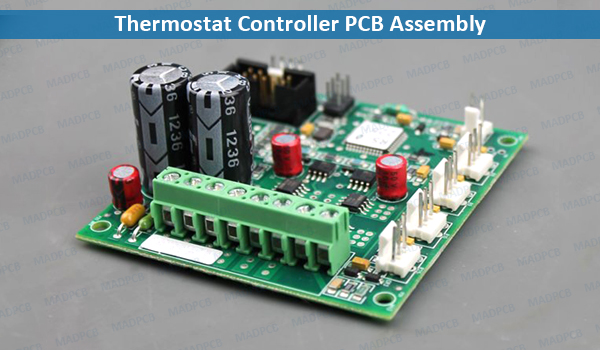What’s A Thermostat?
A Thermostat is a regulating device component which senses the temperature of a physical system and performs actions so that the system’s temperature is maintained near a desired setpoint.
Thermostats are used in any device or system that heats or cools to setpoint temperature, examples include building heating, central heating, air conditioners, HVAC systems, water heaters, as well as kitchen equipment, including ovens and refrigerators and medical and scientific incubators. In scientific literature, these devices are often broadly classified as thermostatically controlled loads (TCLs).
A thermostat operates as a “closed loop” control device, as it seeks to reduce the error between the desired and measured temperatures. Sometimes, it combines both the sensing and control action elements of a controlled system, such as in an automotive.
A thermostat exerts control by switching heating or cooling devices on or off, or by regulating the flow of a heat transfer fluid as needed, to maintain the correct temperature. It can often be the main control unit for a heating or cooling system, in applications ranging from ambient air control to automotive coolant control. They are used in any device or system that heats or cools to a setpoint temperature. Examples include building heating, central heating, and air conditioners, kitchen equipment such as ovens and refrigerators, and medical and scientific incubators.
MADPCB provides turnkey PCB assembly service for sensor design or manufacturers to manufacture electronic thermostat temperature controlled PCB assembly.

